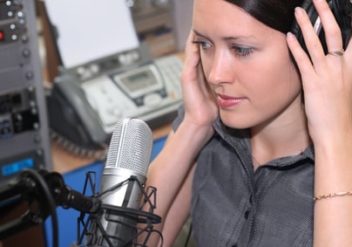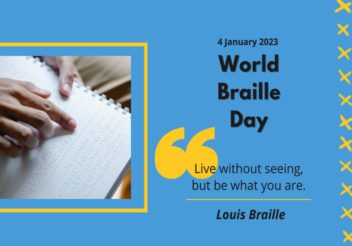Project Description
A training course
to create podcasts

The word “Podcast” combines the words “iPod” and “broadcast” and was invented by a journalist in early 2004. In France, this English term was then widely adopted. However, the French-speaking population of Quebec, in southwestern Canada, translated “podcasting” by creating the new portmanteau “baladodiffusion“, derived from “baladeur” (walkman) and “radiodiffusion” (broadcasting). It is precisely by giving a training course on podcasts to young Canadian researchers that we learned that podcasts are in fact named “balado” by our French-speaking fellowmen and the origin story of this sweet word!
A podcast training course
In recent years, podcasts have become incredibly popular, with a steady increase in audience numbers. But before creating a podcast series and producing episodes, it is important to be well advised. Indeed, podcasts rely on a particular narrative style, combining voice recordings, music tracks and sound effects. Furthermore, in order to produce audio content, podcasters need to master many technical aspects, such as audio software and hardware, or specific platforms.
That is why the Quebec Pain Research Network (QPRN) relied on Agent Majeur. Indeed, the QPRN leads a group of PhD students who disseminate information to patients, especially through oral presentations. Podcasts are a new digital media and a great opportunity to address differently the advances in pain research, in particular by relying on interviews with researchers in the field.
Proceeding step by step
To train PhD students from the QPRN in podcasting, we organized remote training sessions via videoconference. These sessions took place on 5 half days, spread over a two-month period. It was indeed very important to proceed step by step and allow participants time to work between sessions.
The goal was highly ambitious. The first step consisted in creating a channel, giving it a name and designing a logo. Next, the participants defined the type of content they wished to broadcast in the series, the publishing frequency and the length of episodes. The PhD students selected the topics and defined how to discuss them. Then, the adequate audio equipment was bought: microphones, recorder, cables. Interviews were subsequently planned and conducted with researchers during a world-class conference on pain. Finally, the participants edited the episodes with the appropriate audio software and broadcasted them.
Creating the channel and broadcasting episodes
And the mission was a success! At the end of the training, the PhD students from the QPRN uploaded their first episodes in their new channel “Talk about pain”. Quite a feat considering that all the participants were podcast beginners at the start of the course.
This certainly explains why all the participants highly appreciated the training. The students can now produce new podcasts on their own and allow a wide audience to learn the breakthroughs in pain research. We are confident that podcast fans will enjoy listening to this new balado!
> Training
21/11/2022


